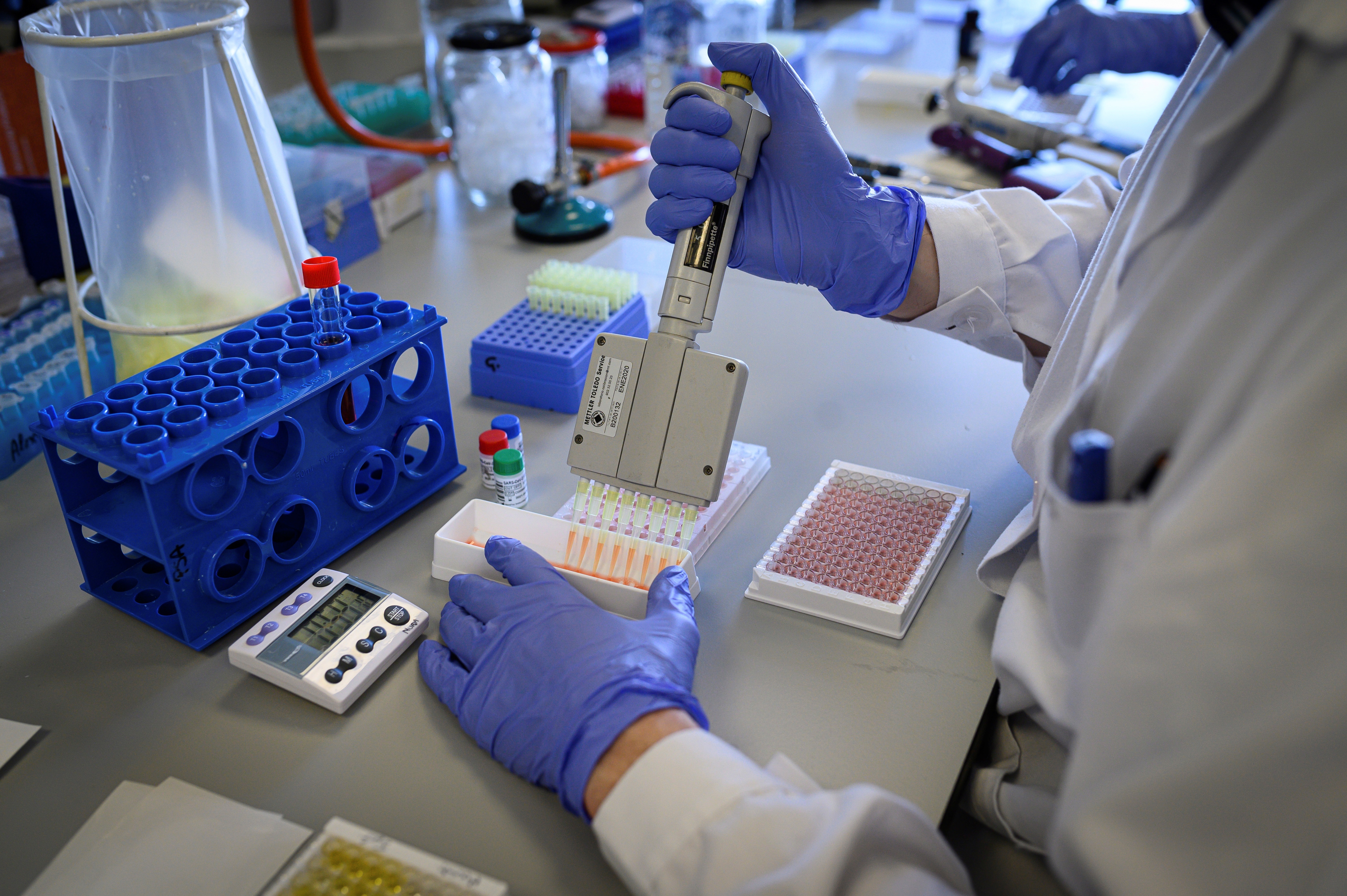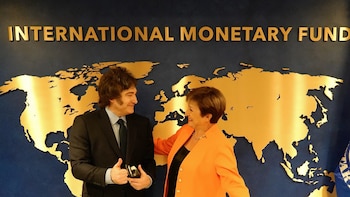
Autism Spectrum Disorder (ASD) is a neuro-developed condition that appears early in life and is characterized by stereotypical behaviors such as impaired social communication, repetitive behaviors, and restricted activities and interests. The causes of autism are known to be heterogeneous (genetic predisposition and/or environmental exposures).
There are several types of treatment aimed at improving the quality of life of people with this disorder. There are approaches to behavior and communication; and alternative options, such as umbilical cord stem cell therapies. On this last point, it has recently become known that Duke University is conducting a clinical study to treat children with Autism Spectrum Disorder with autologous and allogeneic cord blood.
Led by Dr. Joanne Kurtzberg, Professor in the Department of Pediatrics at Duke University School of Medicine and Scientific Director of the Clinical Cell Therapy Program, research continues to advance and is expected to receive approval by the FDA (US regulatory body) by next year for open clinical use, after having demonstrated a favorable outcome in the children participating in the study. It is also known that an Argentine patient with this disorder has participated in the trial and received placental blood stem cells, which were suitably cryopreserved in the BioCells Argentina stem cell bank.

“This little patient received an infusion of her own placental blood stem cells that were cryopreserved at the time. In order to observe results, we must wait for the corresponding times: according to the protocol, the first evaluations are carried out at 6 and 12 months after the infusion and then evolutionary controls are continued to determine how the patient is progressing and if she has improvements. Expectations are high and parents have already shown improvements in their communication and behavior,” said Dr. Claudio Dufour, medical director of BioCells Argentina, who is closely following the case.
“A few years ago people didn't know about this procedure or about the therapeutic uses of this type of cell. Nor was much known about the donation process. On the other hand, there was some controversy about their origin, mainly because of the so-called “embryonic stem cells”, which, as the name implies, are those that come from embryos, and which are under special regulation for bioethical issues, as well as their derived cells, called IPS, which could generate complications if their use does not entail strict scientific rigor in their trials,” Dufour said in dialogue with Infobae.
According to Duke's publications, treatment with umbilical cord stem cells could lead to improvements in communication and behavior in these children, which is why Duke's clinical trial protocol is expected to gain FDA approval and be considered an approved therapeutic option for clinical use. “If the principles of this protocol can be demonstrated, it would mean that therapy with cells derived from cord blood could have a potential to alleviate all the symptoms of Autism Spectrum Disorder, by modulating the inflammatory processes that occur in the brain of these children, protecting brain functions and repairing nerve cells affected with this disorder,” Dufour added.
From the medical management of BioCells Argentina, they hope that the protocols will move to the clinical stage at their origin, and that, demonstrating the technical-scientific capacity of Argentina, these promising treatment options will be carried out in our country in the near future. To make this possible, agreements are being made with different laboratories and public bodies to give framework to this important project.
About the treatment
According to information provided by Duke, cells are injected intravenously, most cells are filtered from the blood through the lungs, spleen and liver, and the remaining cells face the blood-brain barrier. The number of cells that can reach the brain is important for the success of the therapy; but it is not the cells per se that generate its action, but the products of its internal machinery that are substances called cytokines. These are chemical elements that are released from stem cells into the blood, and because of their small size, they cross the blood-brain barrier, which is impossible for the size of a cell.

Once these cytokines have entered the central nervous system (CNS), they will play their paracrine role (similar to the effect of hormones), as anti-inflammatory chemicals on chronic inflammation, resulting from a disorder in communications between neurons (CNS cells), which would interfere with normal neuron-to-neuron communication, which would then result in one of the possible causes of this heterogeneous alteration called autistic status.
For treatment, no minimum cell dose has been established, however, Duke has cellularity regulations and quality controls of cryopreserved material. The size of the dose used for each child depends on how many cells are available in the cord blood stored.
Cell Therapy and State of Situation in Argentina
Although Argentina has the infrastructure and top-level professional teams to attend to and accompany the needs of patients with various pathologies that may be treated with cell therapy (such as Autism Spectrum Disorder), in order to develop these therapies, it is first necessary to have the relevant authorizations and approvals at the international level; and have a regulatory framework at the national level to accompany the activity. One example is the use of stem cells in the treatment of hematological diseases, in which case cell therapies have already been shown to be effective and safe, and have been practiced in our country for several years now.
“As happened with the first bone marrow transplants in 1986 that were performed in the country at the British Hospital of Buenos Aires and the Naval Buenos Aires, which allowed patients who were not cured with classical chemotherapy; we hope soon we will be providing you with new therapeutic alternatives with stem cells to patients to improve their quality of life,” said Dufour. To this end, the professional points out the importance of having authorized cell therapies by international regulatory bodies, they are authorized in our country in order to define synergistic actions between stem cell banks and transplantation and cell therapy centers.
Benefits and in which cases can stem cells be used and in which cases tissue
“Cord blood contains a mixture of cells: hematopoietic stem cells, which are blood-forming cells (red blood cells, white blood cells and platelets); and mesenchymal stem cells, which are present in tissues. Because of their flexibility and diversity, cells found in blood and umbilical cord tissue can be effective in the treatment of various pathologies. The indications approved with cord blood are more than 800 and can be grouped into oncohematological: leukemias, lymphomas, other malignant hematological diseases (such as multiple myeloma), non-malignant hematological diseases, spinal cord failure diseases, immunodeficiencies, innate errors of the metabolism, solid tumors and autoimmune diseases,” explained the Dufour.

Regarding the use of these cells, depending on the stage of the disease, the characteristics of the patient and the response to treatments, “a transplant of hematopoietic cells from bone marrow, peripheral blood or umbilical cord blood can be considered as a therapeutic alternative. Also, depending on the disease, there are indications for autologous (patient's own cells) and allogeneic (from an alternative donor, related or unrelated family) transplants,” he added.
Of the approved indications, the best known are those referring to leukemias, lymphomas and autoimmune diseases. “In the case of leukemias, indications include: acute myeloid leukemia, acute lymphoblastic leukemia. Within lymphomas, cells are already used to treat more than 10 variants, both for Hodgkin and non-Hodgkin lymphomas,” Dufour said.
On the other hand, in the case of autoimmune diseases (those that occur because the body's own immune system attacks without recognizing its own healthy tissues) “umbilical cord stem cells can be used as a therapeutic alternative for diseases such as severe multiple sclerosis, juvenile inflammatory arthritis and arthritis rheumatoid, systemic lupus erythematosus, systemic sclerosis, systemic vasculitis and Crohn's disease, among others”, concluded the specialist.
KEEP READING:
Últimas Noticias
Debanhi Escobar: they secured the motel where she was found lifeless in a cistern
Members of the Specialized Prosecutor's Office in Nuevo León secured the Nueva Castilla Motel as part of the investigations into the case

The oldest person in the world died at the age of 119
Kane Tanaka lived in Japan. She was born six months earlier than George Orwell, the same year that the Wright brothers first flew, and Marie Curie became the first woman to win a Nobel Prize

Macabre find in CDMX: they left a body bagged and tied in a taxi
The body was left in the back seats of the car. It was covered with black bags and tied with industrial tape
The eagles of America will face Manchester City in a duel of legends. Here are the details
The top Mexican football champion will play a match with Pep Guardiola's squad in the Lone Star Cup

Why is it good to bring dogs out to know the world when they are puppies
A so-called protection against the spread of diseases threatens the integral development of dogs




